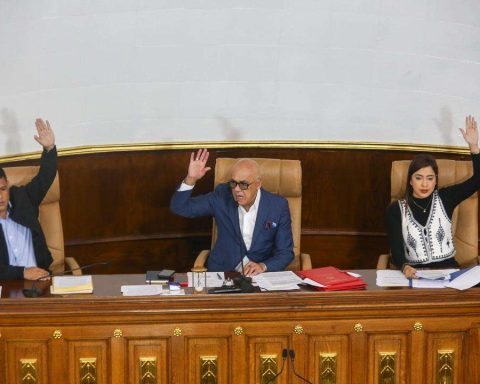MADRID, Spain.- The creation of the Latin American bolero is attributed to José “Pepe” Sánchez, a native of Santiago who was born on March 19, 1856. Before dedicating himself to music, he had been a tailor, co-owner of a copper mine, and representative in his native province of a cloth mill in Kingston, Jamaica.
His first bolero (and also considered the first Cuban bolero) was “Tristezas”, which he composed in 1883, and registered under the name “Me tristeces mujer”, because a piece with that title already existed in the Copyright Registry.
“Your sorrows make me sad / deep pain woman, / do not doubt me / there is no sorrow of love to glimpse how much I suffer and suffer for you. Luck is adverse with me/ it doesn’t let my passion widen/ you gave me a kiss one day/ I keep it in my heart”, says a fragment of the popular bolero.
Other of his most representative works are “Cuando oí la expresión de tu canto”, “Pobre artista”, “Esperanza” and “Himno a Maceo”. The latter dedicated to Antonio Maceowhom he met personally, as well as Quintín Banderas, Guillermón Moncada and other mambises, to the point that his house became not only an artistic center, but also a conspiratorial one.
Transformations made by Pepe Sánchez to the classic Spanish bolero, among them the introduction of the “pasacalle”, turned it into a different genre, the Latin American bolero.
A large number of his pieces were lost, because, not having studied music, instead of writing them down, he composed them from memory. About two dozen are preserved thanks to the fact that students and friends wrote them.
Also considered the father of the Cuban troubadour songbook, in addition to boleros he composed guarachas, hymns and sones. He was the teacher of great troubadours such as Sindo GarayAlberto Villalón, Rosendo Ruiz and Manuel Corona.
Pepe Sánchez, who suffered from angina pectoris, died on January 3, 1918 at the age of 62. In his memory, the Pepe Sánchez International Trova Festival is celebrated in his native province.
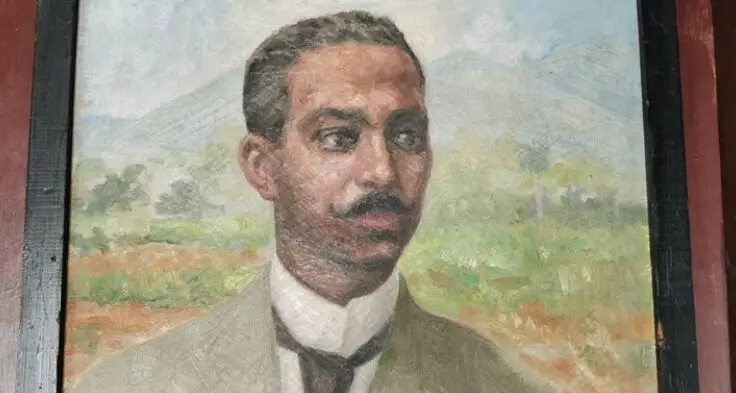

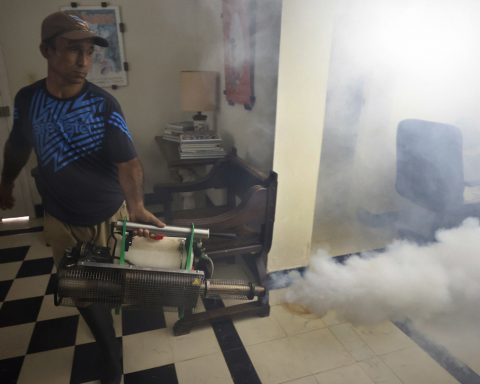

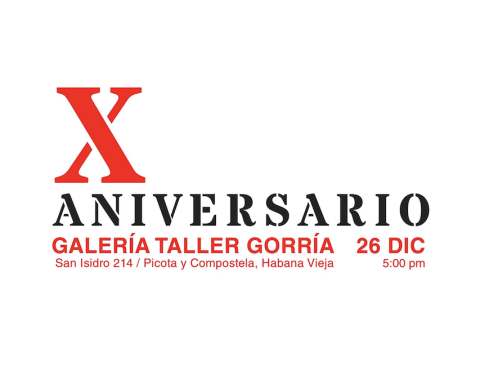







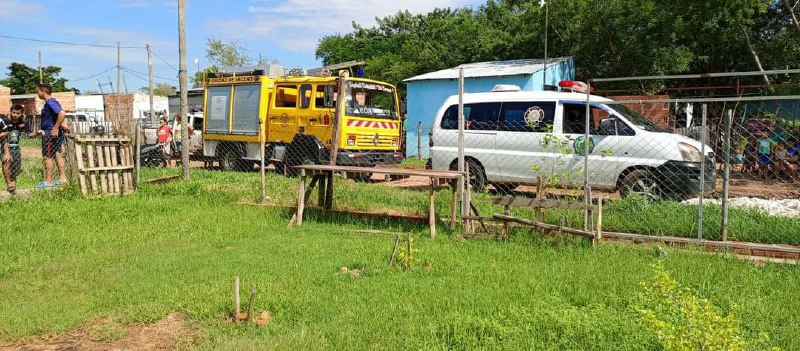
![[Video] Motorcyclist almost lost his life by going at full speed in a curve: he was saved by a miracle [Video] Motorcyclist almost lost his life by going at full speed in a curve: he was saved by a miracle](https://latin-american.news/wp-content/uploads/2023/03/Video-Motorcyclist-almost-lost-his-life-by-going-at-full-1024x614.jpg)

